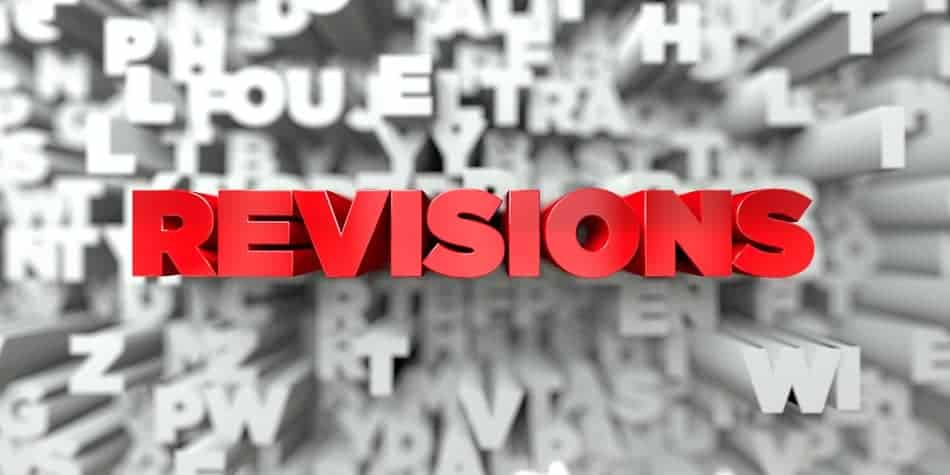Introduction
The process of submitting an academic paper for publication or evaluation is rarely straightforward. After submitting a manuscript to a journal, conference, or academic institution, authors often receive feedback from peer reviewers. Reviewer comments serve as a critical component of the peer review process, helping to improve the clarity, rigor, and impact of academic work. While receiving critiques can be daunting, responding effectively to reviewer comments and revising the paper accordingly is crucial for success.
This article explores how to interpret reviewer comments, respond constructively, and make revisions that enhance the quality of an academic paper.
Understanding Reviewer Comments
Reviewer comments typically fall into three categories:
- Major Revisions – These comments indicate fundamental concerns about the study, such as methodological weaknesses, unclear arguments, or missing analyses. Addressing major revisions requires significant rewriting or additional research.
- Minor Revisions – These comments usually involve technical details such as formatting, citation corrections, or clarifications in specific sections. Addressing minor revisions requires careful editing but does not significantly alter the study’s findings.
- Editorial and Stylistic Suggestions – Reviewers may suggest improvements to language, structure, or clarity. These recommendations improve readability and coherence but do not change the content of the research.
How to Approach Reviewer Comments
Receiving reviewer comments can be an overwhelming experience, but a structured approach can make the revision process more manageable.
1. Read Comments Carefully and Objectively
- Avoid reacting emotionally. Reviewers aim to improve the paper, not criticize the author personally.
- Read through all comments multiple times to fully understand the feedback.
- Identify key areas that require revisions and prioritize them accordingly.
2. Categorize Feedback
Organizing comments into major, minor, and editorial changes helps to structure the revision process. A table or checklist can be useful for tracking revisions.
| Reviewer Comment | Type of Revision | Action Required |
|---|---|---|
| Clarify research methodology | Major | Add details on data collection |
| Adjust citation format | Minor | Correct citation style |
| Improve clarity in the discussion section | Editorial | Rewrite for better readability |
3. Consult Co-Authors or Mentors
If the paper has multiple authors, discuss the feedback collaboratively. Co-authors may provide insights on how to best address the concerns. If working independently, seeking advice from mentors or colleagues can provide valuable perspectives.
4. Decide on the Best Course of Action
Not all reviewer suggestions require immediate acceptance. Some recommendations may be subjective or based on misunderstandings. If rejecting a comment, provide a well-reasoned explanation in the response letter (discussed below).
Making Revisions to the Paper
Once the feedback is understood, the next step is implementing revisions effectively.
1. Address Major Revisions First
- If a reviewer highlights a significant issue, such as unclear methodology or incomplete analysis, this should be prioritized.
- Major revisions may involve restructuring sections, adding new references, or conducting additional experiments.
2. Ensure Clarity and Coherence
- Make sure that revisions integrate seamlessly into the paper.
- Avoid making changes that disrupt the logical flow of arguments.
- When adding new content, ensure that it aligns with existing sections.
3. Fix Minor Issues and Editorial Suggestions
- Correct typos, grammatical errors, and formatting inconsistencies.
- Update citations to match the required style guide.
- Improve readability based on editorial feedback.
Writing a Response Letter to Reviewers
Many journals require a formal response letter detailing how each comment was addressed. A well-structured response letter increases the chances of acceptance and demonstrates professionalism.
1. Structure of the Response Letter
A good response letter follows a clear format:
-
Opening Paragraph
- Express appreciation for the reviewer’s time and feedback.
- Provide a brief summary of the changes made.
-
Point-by-Point Responses
- Address each comment individually.
- Quote or paraphrase the reviewer’s comment.
- Explain how the revision was made or justify why a change was not made.
-
Closing Statement
- Reiterate gratitude for the feedback.
- Express willingness to make further revisions if necessary.
2. Example Response to Reviewer Comments
Reviewer Comment: “The discussion section lacks depth regarding the implications of the findings. Consider expanding this section.”
Response: “Thank you for your valuable suggestion. We have expanded the discussion section to include a more detailed analysis of the implications of our findings. Specifically, we have added references to recent studies that support our conclusions (see page 12, paragraph 3).”
Reviewer Comment: “The introduction could be more concise. Consider reducing background information.”
Response: “We appreciate this suggestion. We have revised the introduction to remove redundant information while retaining key background details (see page 2, paragraph 2).”
Handling Rejection and Resubmission
Not all revised papers are accepted on the first resubmission. If a paper is rejected, authors have several options:
- Revise and Resubmit to the Same Journal – If the rejection is due to major revisions rather than outright dismissal, consider making the suggested changes and resubmitting.
- Submit to Another Journal – If the paper does not align with the journal’s focus, submitting to a more suitable journal may be a better option.
- Re-evaluate the Study – If reviewers identify fundamental flaws, consider reworking the study before submission elsewhere.
Best Practices for Revising and Responding to Reviewers
To improve the chances of acceptance, follow these best practices:
- Be Respectful and Professional – Even if a reviewer’s comments seem harsh, always maintain a professional tone.
- Be Thorough – Ensure that all comments are addressed, even minor ones.
- Be Transparent – Clearly indicate where changes were made and justify those not implemented.
- Keep Track of Changes – Use track changes in word processing software to maintain a record of revisions.
- Double-Check Formatting and Guidelines – Before resubmitting, ensure that the paper adheres to the journal’s formatting and referencing style.
Conclusion
Revising academic papers based on reviewer comments is an integral part of the publishing process. While feedback may sometimes seem critical, it ultimately serves to enhance the quality and impact of the research. By approaching revisions systematically, maintaining professionalism in responses, and making thoughtful improvements, authors can significantly increase their chances of publication. Understanding and responding effectively to reviewer comments not only improves individual manuscripts but also contributes to academic growth and the advancement of knowledge.














